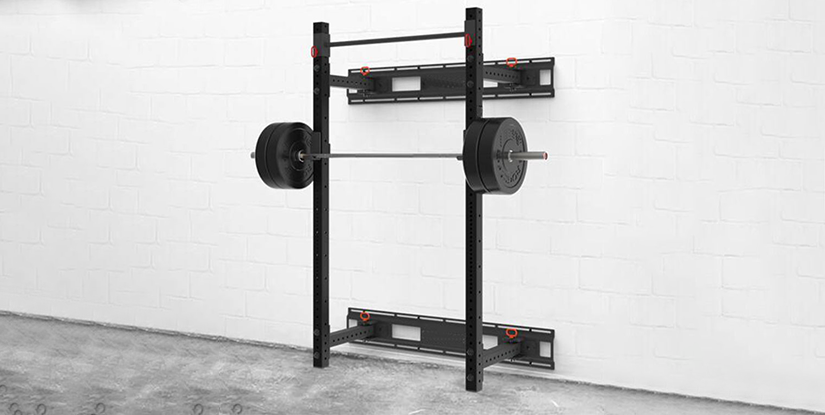Lateral Pull Downs: Technique, Benefits & Variations for Back Development

Introduction to Lateral Pull Downs
The lateral pull down is a cornerstone exercise for developing the posterior chain of the upper body, particularly the latissimus dorsi, teres major, and the muscles of the upper back. Performed on a high‑pulley machine, it replicates the movement pattern of a pull‑up while offering adjustable resistance and control over range of motion. This makes it suitable for a wide spectrum of trainees—from beginners to advanced athletes—who seek improved back width, posture, and pulling strength.
Primary Muscles Worked
- Latissimus dorsi — main mover for shoulder adduction and extension.
- Teres major — assists latissimus function and scapular stabilization.
- Biceps brachii and brachialis — elbow flexion during the concentric phase.
- Rhomboids and middle/lower trapezius — scapular retraction and posture support.
- Posterior deltoid — contributes to shoulder extension and horizontal stabilization.
Proper Technique
Executing lateral pull downs with technical precision maximizes muscular engagement and minimizes injury risk. Begin seated with thighs secured under the pads, feet flat. Grasp the bar with a pronated grip wider than shoulder width for a traditional lat emphasis; a closer or neutral grip targets different fibers and arm involvement. Initiate the movement by drawing the scapulae down and together, then pull the bar toward the upper chest while keeping the torso slightly reclined (approximately 10–20 degrees). Avoid excessive backward lean or swinging. Control the eccentric phase to full arm extension without locking the elbows.
Common Variations and Their Effects
- Wide pronated grip — emphasizes lateral expansion of the back and upper lats.
- Close supinated grip — increases biceps recruitment and lower lat activation.
- Neutral/parallel grip (V‑bar) — reduces shoulder strain and targets middle lats.
- Behind‑the‑neck pull downs — historically used for posterior deltoid focus but associated with higher shoulder impingement risk; not recommended for most lifters.
- Single‑arm cable pull downs — corrects imbalances and enhances unilateral strength and control.
Programming and Progression
For hypertrophy, target 8–12 repetitions per set with 3–4 sets and moderate rest (60–90 seconds). Strength phases may incorporate heavier loads for 4–6 repetitions with longer rest. Novices should prioritize technique with lighter weights and higher volumes (12–15 reps) to ingrain movement patterns. Progressive overload can be achieved by increasing load, volume, time under tension, or by introducing advanced variations such as slow eccentrics or paused contractions.
Common Mistakes and How to Fix Them
- Using momentum or excessive torso swing — fix by reducing load and slowing tempo; maintain controlled movement.
- Pulling the bar behind the neck — fix by pulling to the upper chest to protect shoulder joints.
- Flaring the elbows excessively — fix by cueing elbows to drive down and back to engage lats.
- Neglecting full range of motion — fix by ensuring full arm extension and full scapular depression at the start of each rep.
Safety and Equipment Considerations
Inspect cables and attachments regularly for wear. Adjust the thigh pad securely to prevent torso lift during heavy sets. Select a grip that matches your shoulder mobility; if you experience discomfort, switch to a neutral grip or reduce range. For athletes with preexisting shoulder pathology, consult a clinician before performing high‑load overhead or pulling movements.
Sample Workouts Incorporating Lateral Pull Downs
- Back Hypertrophy Day: 4 sets × 8–12 reps (wide grip), 2–3 min rest between pulling movements, followed by rows and face pulls.
- Strength Day: 5 sets × 4–6 reps (close grip), heavier load, paired with deadlift variations and posterior chain accessories.
- Upper Body Pull Superset: 3 sets of 10 lat pull downs superset with 12 seated cable rows for density and volume.
Training Tips for Optimal Results
- Prioritize scapular control—initiate each rep from the scapulae rather than the arms.
- Breathe strategically—exhale on the concentric pull, inhale on the controlled return.
- Record load and perceived exertion to track progressive overload over weeks.
- Combine with compound pushing and lower‑body work for balanced development and injury prevention.
Maintenance and Facility Best Practices
Gyms should maintain pulleys, cables, and handles to ensure smooth operation. Replace frayed cables promptly and keep guide rails lubricated to prevent jerky movement. Provide a range of bar attachments (straight bar, V‑bar, neutral handle) to accommodate athlete preferences and anatomical differences.
Conclusion
The lateral pull down is a versatile and effective exercise for developing back width, improving pulling strength, and enhancing scapular stability. When programmed with attention to technique, variation, and progressive overload, it supports balanced upper‑body development and translates to improved performance in both athletic and functional contexts.
FAQs
- Can beginners do lat pull downs? Yes — adjust load and focus on form, starting with higher reps.
- Wide or close grip — which is better? Both; wide emphasizes width, close increases arm involvement.
- Behind‑the‑neck pull downs safe? Generally not recommended due to shoulder impingement risk.
- How often to train lat pull downs? 1–3 times per week depending on volume and recovery.
- Do lat pull downs build mass? Yes, when combined with progressive overload and sufficient volume.
- Should I use straps? Straps can help with grip fatigue but avoid overuse to maintain forearm strength.
- Is tempo important? Yes—controlled eccentrics increase time under tension and muscle stimulus.
- How to fix shoulder pain? Reduce load, switch grip, and consult a healthcare professional if persistent.
- Alternatives to lat pull downs? Pull‑ups, assisted pull‑ups, single‑arm cable rows, and bent‑over rows.

